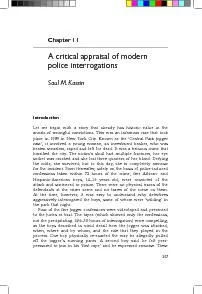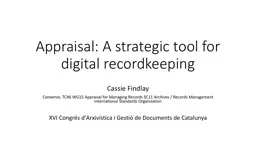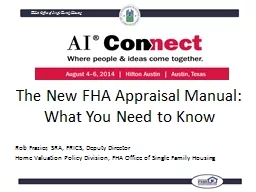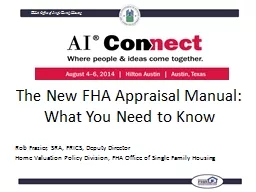PPT-Critical Appraisal – Where Do I Start?
Author : trish-goza | Published Date : 2018-09-30
Joanne Archer RN Btech MA CIC Education and Practice Coordinator PICNet An Introduction to the New PHAC Toolkit Why is Critical Appraisal of Studies Important
Presentation Embed Code
Download Presentation
Download Presentation The PPT/PDF document "Critical Appraisal – Where Do I Start?" is the property of its rightful owner. Permission is granted to download and print the materials on this website for personal, non-commercial use only, and to display it on your personal computer provided you do not modify the materials and that you retain all copyright notices contained in the materials. By downloading content from our website, you accept the terms of this agreement.
Critical Appraisal – Where Do I Start?: Transcript
Download Rules Of Document
"Critical Appraisal – Where Do I Start?"The content belongs to its owner. You may download and print it for personal use, without modification, and keep all copyright notices. By downloading, you agree to these terms.
Related Documents














